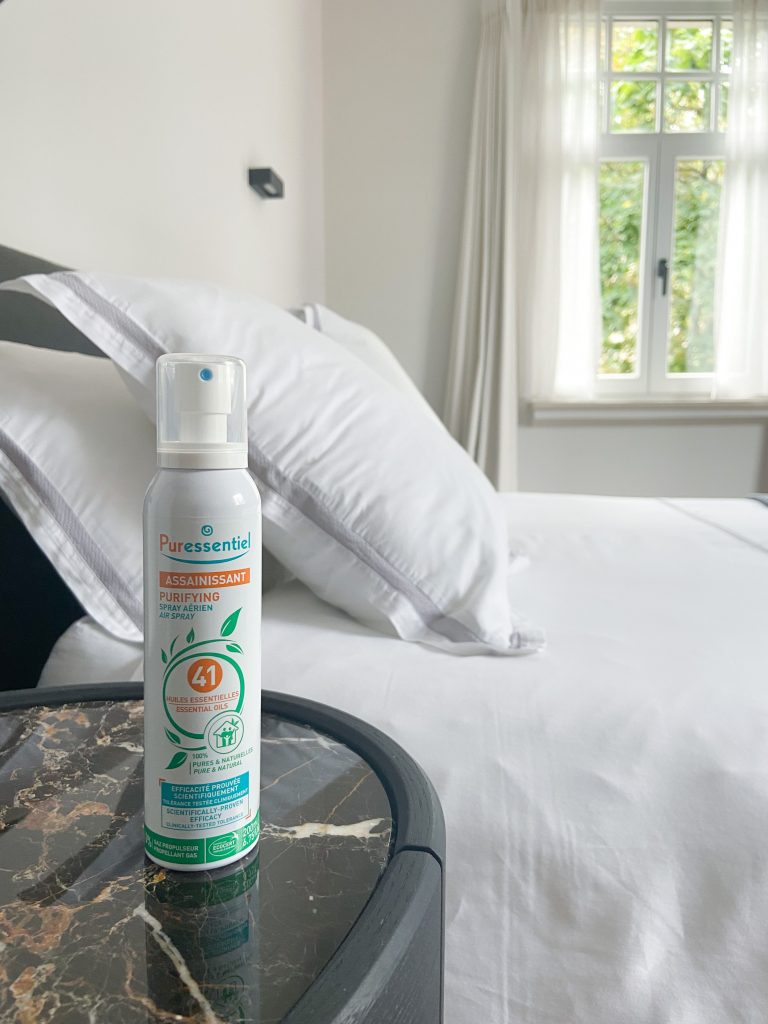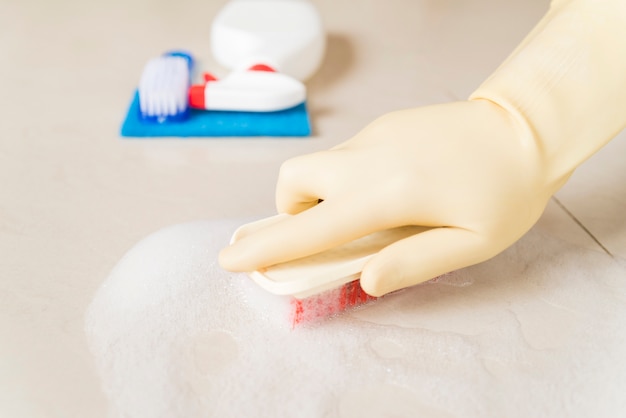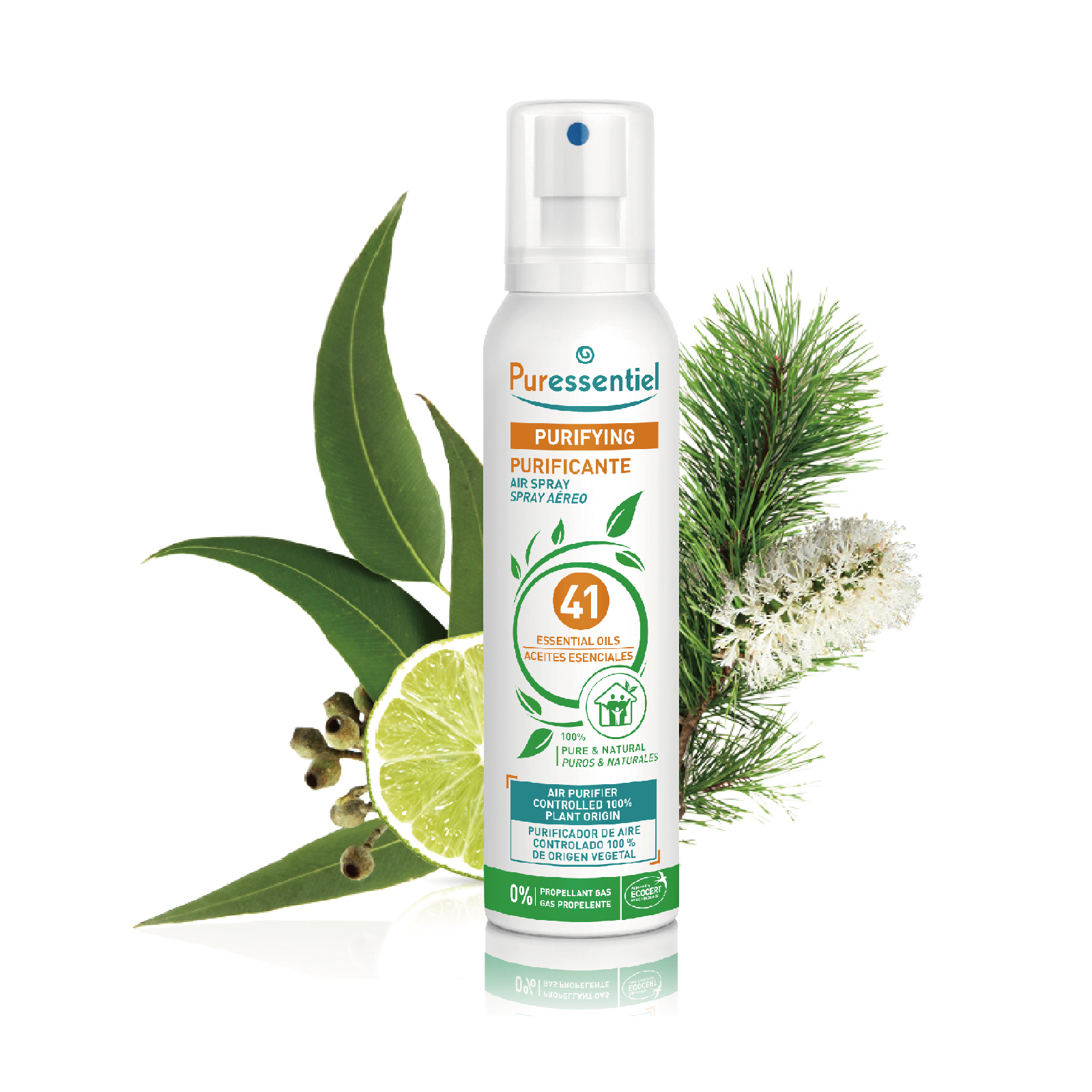Health Tips
Can clothes cause allergic rhinitis? Six ways to eliminate dust mites! Are essential oils useful?
Dust mites, bed bugs, and clothes mites are all tiny parasitic insects commonly found in indoor environments. They can cause allergic reactions in some people. The presence of these parasites is usually related to factors such as indoor humidity, temperature, and ventilation. If the home environment is not clean and dry enough, these parasites can easily breed, making it especially easy for them to thrive in humid Hong Kong.
Mites are one of the common allergens that can cause symptoms such as allergic rhinitis and asthma. Bed bugs are insects that live on beds, usually in items such as mattresses and pillows. Bed bugs feed on human blood, causing symptoms such as skin itching and redness. Clothes mites are common indoor parasites that live in clothing, towels, curtains, and other items. Clothes mites can cause symptoms such as skin itching and redness.
Some natural essential oils, such as tea tree oil and lavender, are believed to have antibacterial and insecticidal properties. These essential oils can be extracted from plants through methods such as steam distillation, and contain some chemical components, such as terpenes, limonene, and phenols, which have strong killing effects on bacteria and mites.

In order to control the breeding of these parasites, we can take the following six measures:
-
Regular cleaning
Cleaning at least once a week can effectively reduce the number of dust mites. This includes mopping the floor, wiping tables, cleaning curtains, sheets, and anything else that may harbor dirt and dust.

-
Wash bedding
We spend a long time sleeping in the same place, leaving behind sweat, flakes of skin, and bacteria. Bedding is therefore easily soiled and is also the easiest place for mites to breed. Therefore, bedding such as sheets, pillowcases, and duvet covers should be washed regularly.
-
Control humidity
Mites are more likely to breed in humid environments, so it is important to keep the indoors dry. You can adjust indoor humidity by using fans, air conditioning, or opening windows for ventilation. The fan blades and dust filters of the air conditioner should also be cleaned regularly.

-
Install air purifiers and filters
Installing air purifiers and filters can filter out dust mites and other bacteria and pollutants in the indoor air, improving indoor air quality.

-
Mite spray
Mite spray can quickly kill dust mites indoors. Follow the instructions and precautions when using it. Some mite sprays can be sprayed on furniture, clothing, stuffed animals, etc. It is recommended to choose low-toxic, low-irritant, or natural fresheners and pay attention to the usage and dosage to avoid inhaling toxic chemicals.

Research has shown that tea tree oil can effectively kill common household mites such as bed mites, and is less harmful to humans and the environment compared to chemical agents. In addition, lavender oil and eucalyptus oil have also been proven to be effective in killing insects such as mosquitoes and ants. In terms of antibacterial properties, studies have found that essential oils such as tea tree oil and lavender can effectively inhibit various bacteria, such as Staphylococcus aureus and Escherichia coli, which are common pathogens. These essential oils can also be used to clean surfaces, such as cleaning kitchens and bathrooms.
【Puressentiel Purifying Air Spray 41】
Contains 41 types of natural essential oils including tea tree oil and lavender oil, which have the properties of killing mites, bacteria, viruses, and fungi.
Daily cleaning:
To prevent allergens and maintain indoor air quality, spray 1 to 2 times per day and leave the room. Wait for 30 minutes for it to take effect.
Thorough cleaning:
Spray 6 to 8 times in the four corners of the room, then leave the room and ventilate after 30 minutes. To eliminate dust mites, bed bugs, and clothes mites: spray up to 8 times on the surface of the carpet, sofa, or bed, then leave the room. Wait for 30 minutes for it to take effect, then ventilate and clean with a vacuum cleaner. Once a week.
Proven by science, Puressentiel air purifying spray from France has a 99.86% effective rate in killing bacteria and disease:
Kills viruses: H1N1 flu virus: 1 minute, Adenovirus and murine norovirus: 5 minutes, Poliomyelitis virus: 30 minutes.
Kills bacteria: Staphylococcus aureus, Pseudomonas aeruginosa, Enterococcus hirae, and Escherichia coli: 5 minutes.
Fungicide: Aspergillus niger and Candida albicans: 5 minutes.
Kills yeast: Candida albicans: 15 minutes.


 中文 (中国)
中文 (中国) 中文 (香港)
中文 (香港)

